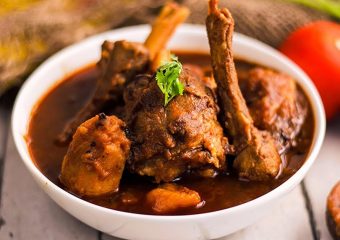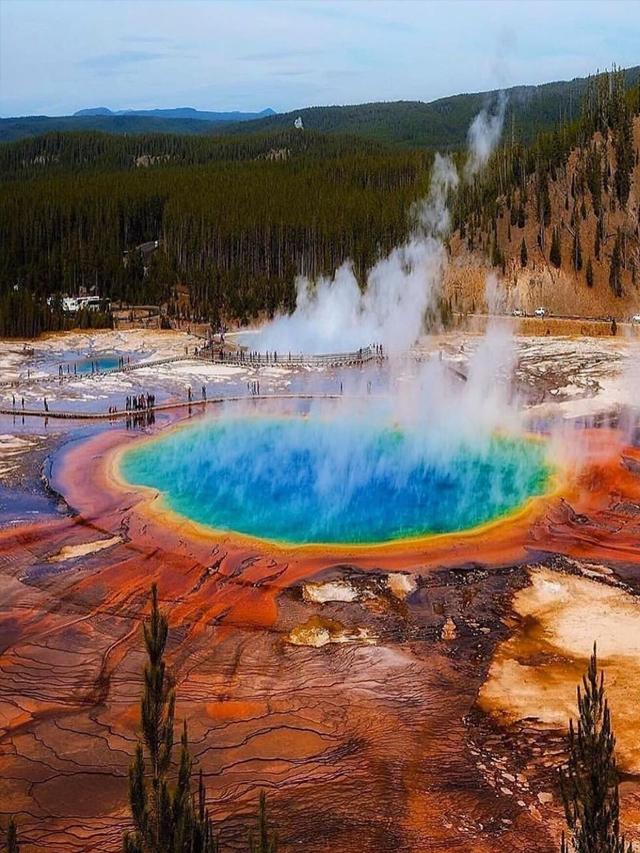Mutton Curry is a popular Indian curried meal consisting of delicate chunks of beef in a spicy onion tomato sauce. Have you ever pondered how the mutton in restaurant gravy manages to be so delicate and succulent? This article will teach you how to cook a delicious mutton curry with few expensive or unusual ingredients.
This would be great over Jeera Rice, Turmeric Rice, Kuska, or Bagara Rice, or even just plain steamed rice. Choose from artisan loaves, pav (dinner rolls), or pita bread if you’d like bread with your meal. This Mutton curry is also delicious with naan, chapati, plain kulcha, or roti.
Add a veggie salad, raita, and chaas/lassi to your menu to make it a full supper.
Regarding Curry with Lamb
Mutton Curry is a one-pot meal consisting of marinated lamb, onions, tomatoes, spices, and herbs. It’s a curry, a staple of the Indian subcontinent.
There are a million variations on every dish in Indian cuisine. Goan amb Vindaloo, Bengali mutton kosha, Hyderabadi gosht ka salan, Kashmiri rogan josh, and Hyderabadi gosht ka salan are all distinct preparations of the same basic ingredient, lamb.
This is not a regionally specific Indian mutton dish, but rather a standard recipe. In my experience, this is the most foolproof method for making Mutton Curry.
However, you can adjust the flavour by adding basic spices like curry powder or paprika. Wherever practical, I have incorporated the suggestions.
Follow the recipe exactly as written if you are a novice cook or have never succeeded in cooking an excellent mutton curry previously.
Preparing Mutton Curry
Marinate the mutton in a mixture of yogurt, ginger garlic paste, salt, turmeric, and chili powder in a large mixing basin. Store in the fridge for at least two hours or up to a whole night. The ideal time frame is one night. This is essential for making the meat soft.
You can use raw papaya paste (1 tbsp) or a commercial meat tenderizer if you don’t have time to let the meat rest. Leave for an hour or so.
Keep the meat out of the fridge until right before you need it for other preparations. Bringing it to room temperature before cooking is helpful.
Onions should be finely chopped or processed. Cut open a green pepper. Make a tomato sauce by blending the tomato without the seeds. Remove the stems and wash the curry leaves.
Roast two to three tablespoons of grated coconut over a low flame if you’d like to use coconut instead. Turn off the heat when the aroma begins to fill the room. This is really chill. Combine this with a small amount of water and blend until smooth.
Oil a Dutch oven or pressure cooker and bring to a high temperature. Cinnamon and green cardamom work well as seasonings. Cumin may be substituted if desired.
Put in the green chilies and onions. If money is tight, you can omit the chili as well.
Brown the meat evenly.
Turn the heat down to an absolute minimum. Cook on low heat until the next step, which is adding water. Put in the mutton that has been marinated.
Keep cooking for roughly 5–6 minutes.
Ten more minutes of cooking with the lid on. Repeatedly stirring will help.
You’ll notice the mutton sweating.
If more flavor is desired, add more of the masala powder and red chili powder. Add another two to three minutes of cooking time. My choice of beef masala was Everest. The masala gives this dish its distinctive flavor. Consequently, choose wisely.
Throw in few curry leaves. Saute for another two minutes. Don’t bother with them if you don’t have to.
As oil begins to separate, you’ll notice it.
Put some tomato paste in now. The amount of puree I used was little. Use as much or as little as you like. In place of tomato, you may alternatively use fresh yogurt or curd. Sour curd should be avoided at all costs.
Continue cooking for another 5–6 minutes. The kitchen should no longer smell like raw tomatoes.
A glass of water, please. Mix it up thoroughly. Cover and simmer for 2 whistles over a medium heat. Cooking time for mutton with bones is 3–4 whistles. Cook until tender if using a pot. Water should be added as necessary.
Release the pressure and remove the cover. Mix it up thoroughly. If the gravy is too thin, you should simmer it again. Blended desiccated coconut can be added at this point as well. Add a couple extra minutes to the cooking time.


